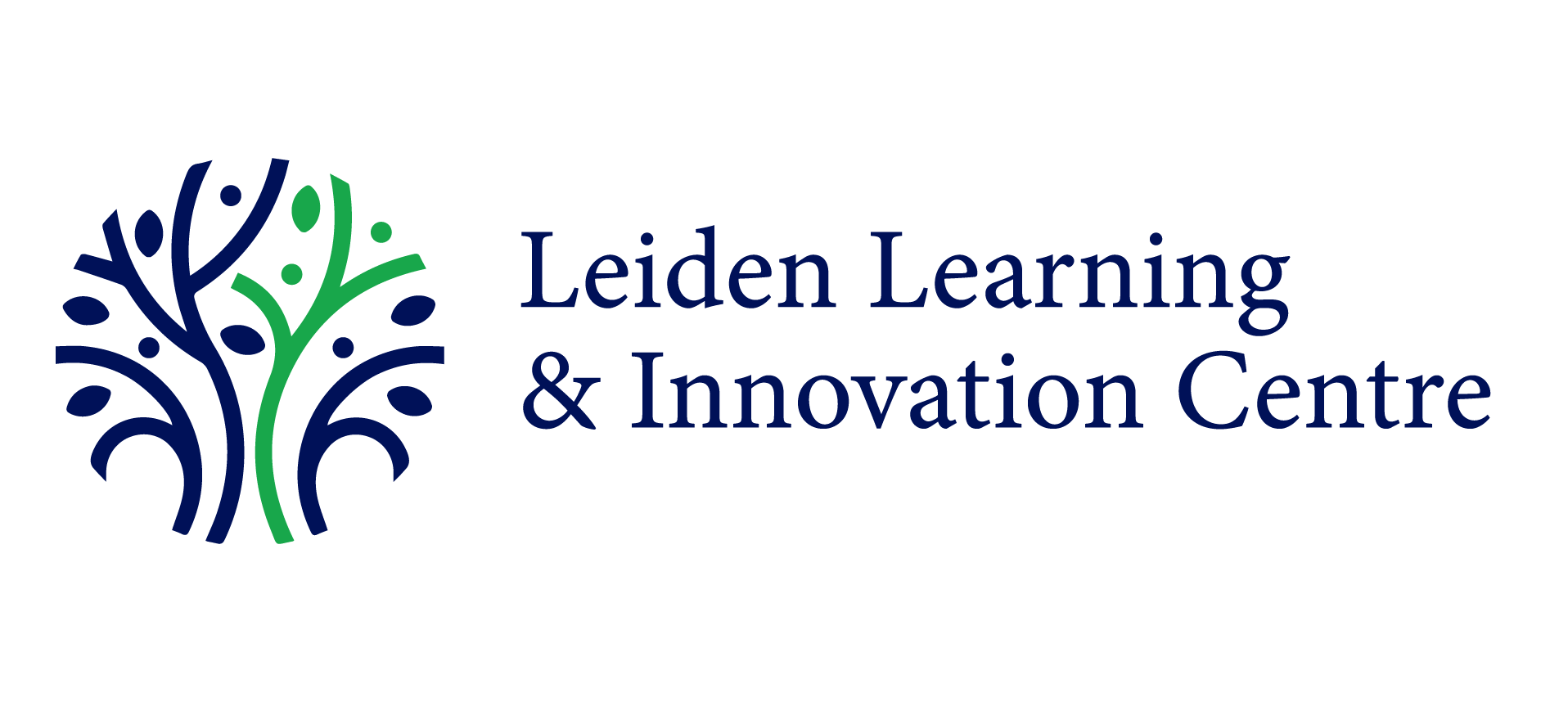Innovation Methodology: Guiding Principles
In the realm of higher education, innovation is not merely a buzzword but an imperative. Universities are meant to be the breeding grounds for groundbreaking ideas from students, researchers, and staff. However, despite the abundance of creativity and intellect, many institutions struggle to harness the full potential of innovation. Why does this happen, and how can universities cultivate a culture of transformative innovation?
At its core, innovation is more than just the birth of a brilliant idea; it encompasses the entire ecosystem surrounding it. It involves organisational culture, supportive management systems, and the infrastructure necessary for implementation. For instance, developing a revolutionary educational app requires not only the app itself but also IT infrastructure, pedagogical support, and a comprehensive data security plan.
Effective innovation management entails nurturing this ecosystem, ensuring that every component aligns harmoniously to foster innovation. It’s about more than just generating ideas; it’s about creating an environment where those ideas can flourish.

Enter innovation methodology – a structured approach to guiding and supporting innovation throughout its lifecycle. A sound innovation methodology directs the efforts of both innovators and those supporting innovation towards common values and principles. It does so while providing frameworks for understanding, evaluating, and scaling.
The Purpose of Innovation Methodology
- Define Common Values: Innovation methodology establishes ethical boundaries, ensuring that ideas are generated responsibly and with consideration given to potential harm.
- Set Frameworks and Understanding: This provides clarity on what innovation entails, why it matters, and when to pursue it.
- Resilience to Change: By standardising processes, innovation becomes less reliant on specific individuals or circumstances. This makes it more adaptable for shifts in leadership or funding.
What Innovation Methodology Offers
- Efficient Scaling: It streamlines the journey from idea to implementation, accelerating progress towards organisational goals.
- Risk Reduction: By providing a systematic approach, it mitigates the uncertainties associated with venturing into new territories.
- Cultural Transformation: It instils a mindset that values and supports innovation. This permeates through the organisation.
LLInC’s Approach
The Leiden Learning and Innovation Centre exemplifies the power of innovation methodology for driving impact and relevance. The foundation of our approach lies in four principles.
Principles of Innovation
- People First: Ethics. Innovation must prioritise ethical considerations, safeguarding against potential harm to individuals and society.
- Experimentation > Theory: In the absence of existing evidence, start with experimentation. We prioritise learning by doing, tailoring solutions to specific contexts rather than relying on theoretical frameworks.
- Iterate: Innovation is an iterative process. Embracing failure as a stepping stone to success fosters a culture of learning and adaptation.
- De-risk Timing: Innovation thrives in environments with flexible structures able to seize opportunities as they arise. Our goal is to remove the constraints of rigid timelines, allowing for agility and responsiveness.

The Maturity Model
Adopting a circumstantial view of innovation leads to myriad challenges, including fluctuating support, unclear value propositions, and missed opportunities for progress. Moreover, it perpetuates stereotypes about who can innovate, thereby hindering diversity and inclusivity.
In contrast, innovation methodology offers a path forward by democratising innovation and aligning it with strategic objectives. It empowers organisations to identify, nurture, and amplify the most promising ideas while fostering an environment where innovation is accessible to all.
Leiden University’s Innovation Maturity Model was developed as a framework to identify key stages of the innovation process in Educational Technology (EdTech). The need for a framework arose from the need for multiple stakeholders to work together to bring certain projects to scale as well as the additional need for a common language.

The primary purpose of this maturity framework is to improve the chances of successful innovation with EdTech. Innovation projects (as nearly all EdTech projects are) fail for a variety of reasons, but two major challenges are common:
- Getting an idea off the ground (moving from an idea to an experiment or pilot).
- Putting a proven idea into the ‘business as usual’ environment (moving from (successful) pilot to normal operations, e.g. scaling and implementing).
Frequently, this is because moving from one stage to another requires involving different people with different operational standards and ways of working. This is further complicated by the multiple requirements of the tool, method, or innovation regarding infrastructure, privacy, and user skill, etc. The model is used to facilitate a shared approach to understanding, assessing, managing, and championing a given project. The steps of this model, and how to apply it in your own context, are described in subsequent publications.
Conclusion
Innovation is not a solitary pursuit but a collective endeavour fuelled by collaboration, experimentation, and a commitment to progress. By embracing the principles of innovation and applying a tested methodology, higher education institutions can unlock the full potential of their intellectual capital, paving the way for a future defined by creativity, impact, and excellence.
If you would like to hear more regarding LLInC’s methodologies and approach towards innovation, feel welcome to contact Uli Botzojorns.
To discover an instance in which the Maturity Model has been put into active use, take a look at our blog on the project Future Foresight.

